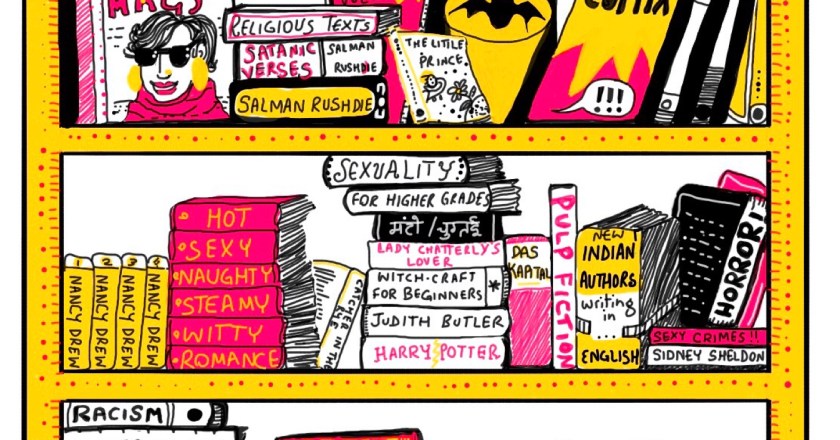Story as “a weapon for survival”
Image courtesy: www.kobo.com
Matilda, the protagonist and narrator of Lloyd Jones’ novel Mister Pip[i] confides to the reader at the conclusion of the story, “Pip was my story, even if I was once a girl and my face black as the shining night”. She is referring to Pip, the hero of Charles Dickens’ classic, Great Expectations and also to the context when she first heard the story as a 13 year old pupil in a village school in a remote Pacific island off the coast of Papua New Guinea in the 1990s.
The island which forms the historical backdrop of the fictional story of Mister Pip is torn apart by a brutal civil war and is under siege from the ruthless Government forces of the nearby mainland following a dispute over mining rights. There is a certain irony that the children of the island of ...















